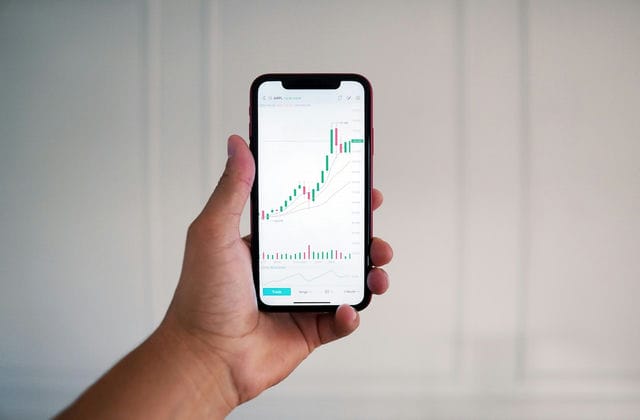What is LOF Fund?
LOF Fund, the full English name is "Listed Open Ended Fund", that is, after the issuance of listed open-ended funds, investors can not only subscribe and redeem fund units at designated outlets, but also buy and sell the funds at the exchange.However, if an investor wants to sell the fund units subscribed at a designated outlet online, he or she must go through certain re custody procedures; Similarly, if you want to redeem the fund units purchased online at the designated outlets, you should also go through certain re custody procedures.
LOFs (LISTED OPEN-ENDED FUNDS) is an open-end fund that can purchase or redeem fund units in the over-the-counter market at the same time, and organically link the over-the-counter market with the over-the-counter market through the share custody transfer mechanism.
LOF refers to the open-ended securities investment fund issued, listed and traded in the stock exchange. The LOFs can be issued, subscribed and centrally traded through stock exchanges, or subscribed, subscribed and redeemed through fund managers, banks and other selling institutions on a commission basis. That is, on the basis of keeping the current operation mode of open-ended funds unchanged, increase the channels for issuance and trading of exchanges.

main features
(1) Listed open-ended funds are still open-ended funds in essence. The total amount of fund units is not fixed. Fund units can be subscribed and redeemed at the time and place agreed in the fund contract.
(2) The sale of listed open-ended funds combines the sales advantages of banks and other commission institutions and the trading network of Shenzhen Stock Exchange. The outlets of banks and other sales agencies on a commission basis still use the current over-the-counter sales method, while the Shenzhen Stock Exchange trading system uses the current online pricing issuance method of new shares.
(3) After the listed open-ended funds are approved to be listed and traded in Shenzhen Stock Exchange, investors can either choose to purchase and redeem fund units at banks and other selling institutions on a commission basis based on the net value of fund units that are closed on the same day, or choose to buy and sell fund units at the price of a summary at the member securities business departments of Shenzhen Stock Exchange
The significance of LOF fund
Reduce transaction costs
Investors can reduce transaction costs by trading funds in the secondary market. At present, the transaction fee of closed-end funds is divided into three parts, namely, transaction commission, transfer fee and stamp tax, of which the transfer fee and stamp tax are not charged, and the transaction commission is 3 ‰, which can fluctuate downward depending on the size of the transaction volume, up to about 1 ‰ at the minimum. Compared with the OTC transaction costs of open-end funds, open-end funds differ by type. According to the statistics of two-way transactions, the rate of OTC transactions is combined to 6 ‰ twice, the rate of OTC subscription and redemption of stock funds is more than 15 ‰, and the rate of bond funds is generally more than 6 ‰. The cost of OTC trading is far greater than that of OTC trading.

Accelerate transaction speed
The OTC trading of open-ended funds is conducted at an unknown price, and the trading is confirmed on T+1 day. The subscribed units can be redeemed on T+2 days, and the redeemed amount can be transferred from the fund company only on T+3 days. It needs to be transferred by the custodian bank and the underwriter. Investors can receive the redemption amount no later than T+7 days.
LOF increases the over-the-counter trading of open-ended funds. The fund units purchased can be sold on T+1 day. If the fund funds sold refer to the settlement method of securities trading, they can be used on that day. Cash can be withdrawn on T+1 day. Compared with over-the-counter trading, buying is one day ahead of subscription, and selling is six days ahead of redemption at most. The direct effect of reducing transaction costs and accelerating transaction speed is that the fund becomes a buffer pool of funds.
Provide arbitrage opportunities
LOF adopts the trading mechanism of simultaneous over-the-counter trading and over-the-counter trading to provide investors with the net value of the fund and the over-the-counter trading price that fluctuates around the net value of the fund. Since the net value of the fund is calculated according to the net value of the fund assets on the current day after the closing of the daily exchange, over-the-counter trading is subject to the net value of the current day and adopts the unknown price for trading, over-the-counter trading is subject to the trading price, and the trading price is based on the net value of the fund yesterday, Real time quotation based on supply and demand. If the market trading price is different from the net fund price, investors have the opportunity to arbitrage.




























